Ford has been a hesitant entrant into the modern BEV market, but is quickly making up ground with models such as the Explorer SUV.
While it used its own technology for the Mustang electric sports car, to cut costs and development time it turned to Volkswagen to create the Explorer SUV derived from the ID.4 platform and powertrain.
That’s not a bad thing for buyers even if it does show Ford was behind the ball with BEV technology development a few years ago.
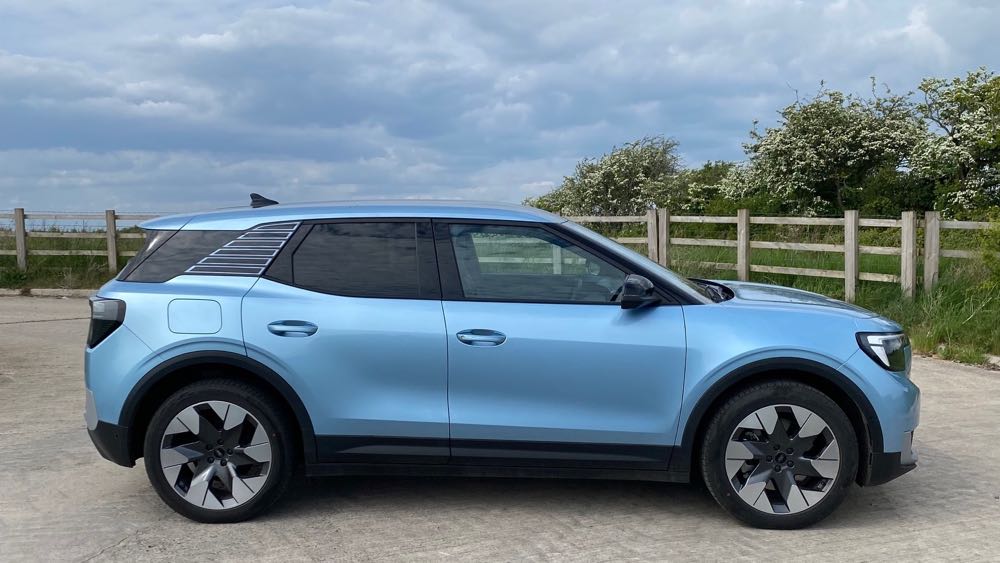
The Explorer comes in Select or Premium trim levels with a RWD or AWD covering six models, choice of two power packs with regular or long range, differing charging levels, and the top specification has better seats, bigger wheels, very big sunroof and upgraded sound system and headlights.
Prices start just under £39,300 and rise to £53,985 before adding any options.
Our £53,985 test car came with £1,300 optional driver assistance pack including head-up display, driver alert, lane assist, active park and 360-deg parking camera; £1,050 heat pump to maximise battery range and £800 Arctic Blue paint.
These are probably the most desirable options you’d want with British roads and weather and added to the Premium’s stronger lights, powerful sound system, big sunroof and powered tailgate, multi-way driver’s seat make it a good all-rounder.
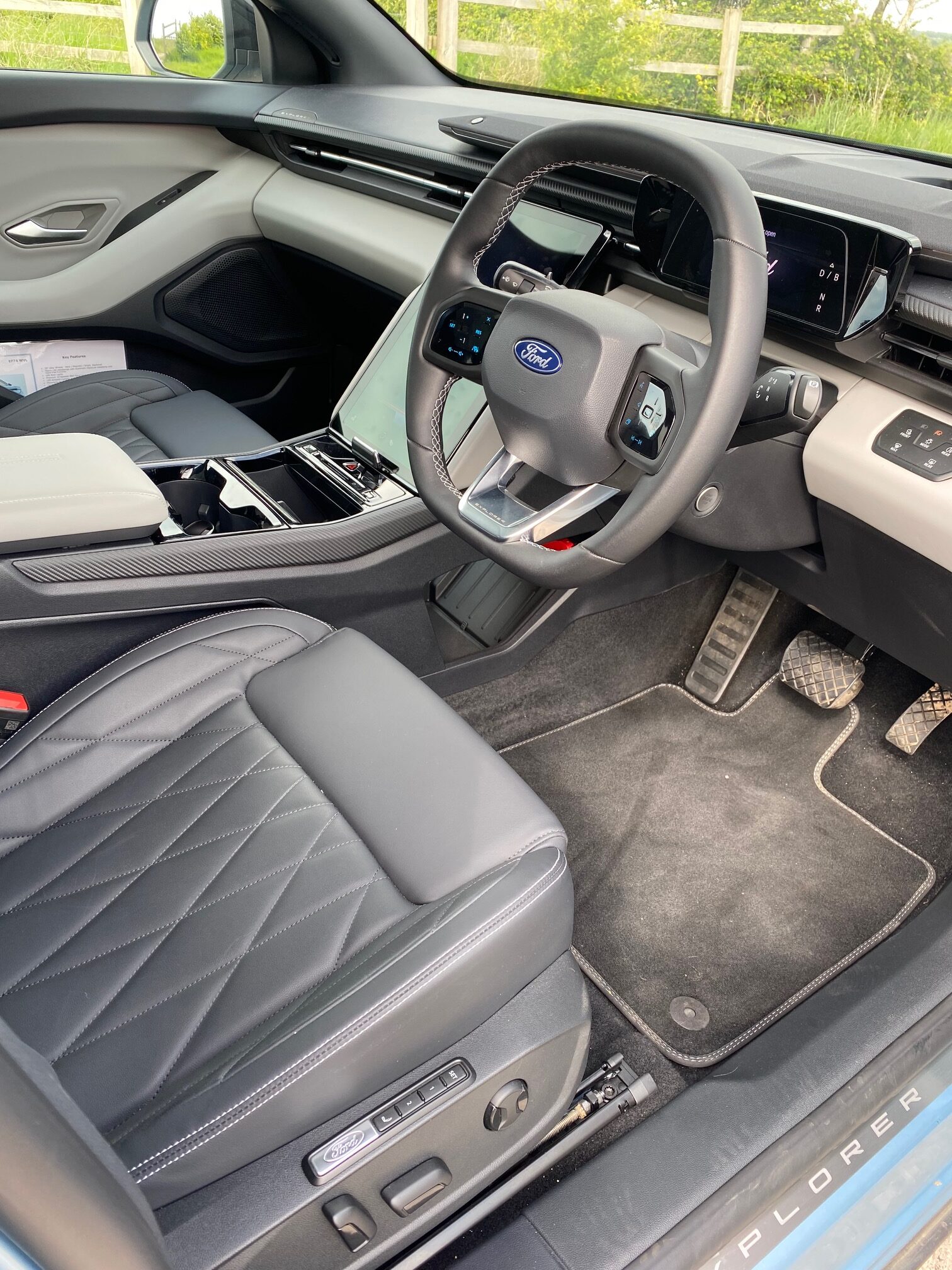
The ignition is activated by sitting in the driving seat, you select direction on the column stalk and depress the throttle to move off. At the end of your trip, depress the column stalk button and it is locked as you ease out and the ignition is switched off. Simple and effective.
Depending on the driving mode selected, eco, normal, sport, traction or individual, the pickup is good to brisk and then strong, and certainly it can pull away or overtake very quickly as desired.
Power delivery is instant, fluid and near silent with a steady motorway performance easily keeping up with traffic while the car’s driver assistance system constantly monitors traffic infront, behind and to the sides to work with the car’s powertrain and keep a safe distance and within prevailing speed limits. It’s head-up display is particularly useful in heavy traffic when you should keep your eyes ahead.
Deceleration is strong and it recharges the battery well while the pedal smoothly reacts to pressure and in queues a hefty push on the pedal engages the automatic hold function ready for you to pull away again on the throttle.
The slightly squared off steering wheel may not be to every driver’s taste but the system has reasonable feel and a fairly good turning circle for manoeuvring. At speed there was no vibration or kickback.
The suspension with the Premium’s 20-inch alloys was not as compliant as you might expect on anything but billiard table smooth tarmac and it could also be heard working away in the absence of motor or transmission generated noises. On good bits of road the absorption was much better and near silent.
The big, deep and well padded front seats really held well and were supporting for all but the tallest users when a bit more under-thigh lift would help. The Premium’s 12-way power adjustment and memory setting was very useful if more than one driver regularly used the car.
The Explorer’s commonly used secondary switches are on stalks and the wheel-spokes, operated well and were clear.
Heating and ventilation settings were grouped on the centre console below the changeable infotainment screen and were simply push buttons for temperature either side, direction of flow, screens or seats. Nice and easy, effective and worked well with good control, output and aim. Window switches were fiddly to use however.

The big 14.6-inch SYNC Move Touchscreen held large display buttons for a variety of functions and all worked instantly but needed a lot of familiarisation to work around. Their display was very clear and comprehensive.
The driver’s 5.3-inch cluster has changeable readouts, all easy to read and dazzle-free, and our car had the convenience of a head-up display for speed, navigation and alerts as well.
Now in a family car the amount of oddments space can be a sign of a well thought out design or an apology to aesthetics and the Explorer really had many places to put things of regular or irregular shape whether infront or back, with charging points as well including inductive pads for phones and wireless sync..
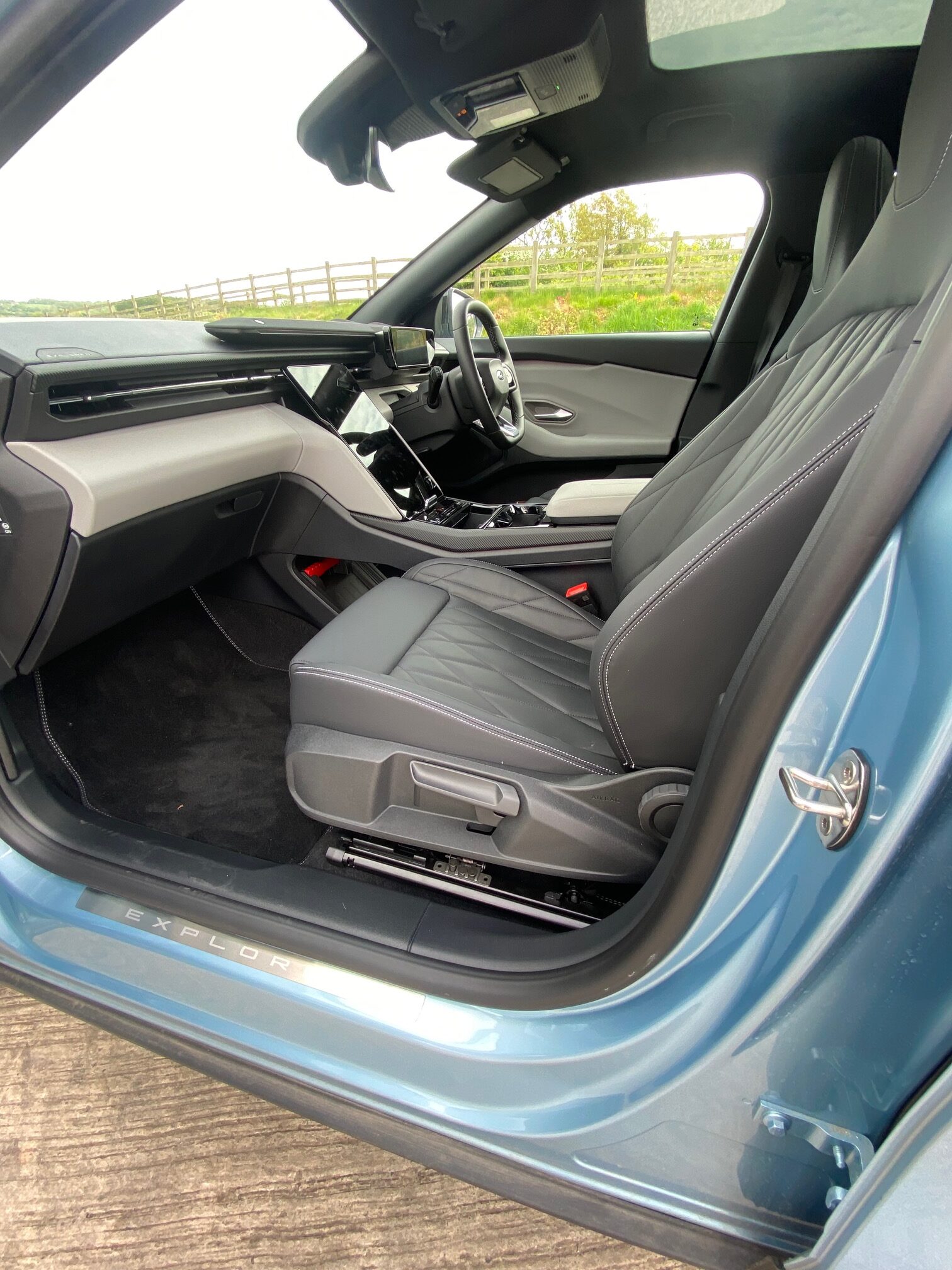
Getting in and out was very easy with big, wide opening doors, a powered tailgate in our model and quickly folding offset split rear seat backs to triple capacity. Everyone sat high in the cabin and vision was clear all round, backed up by sensors and cameras for safety.
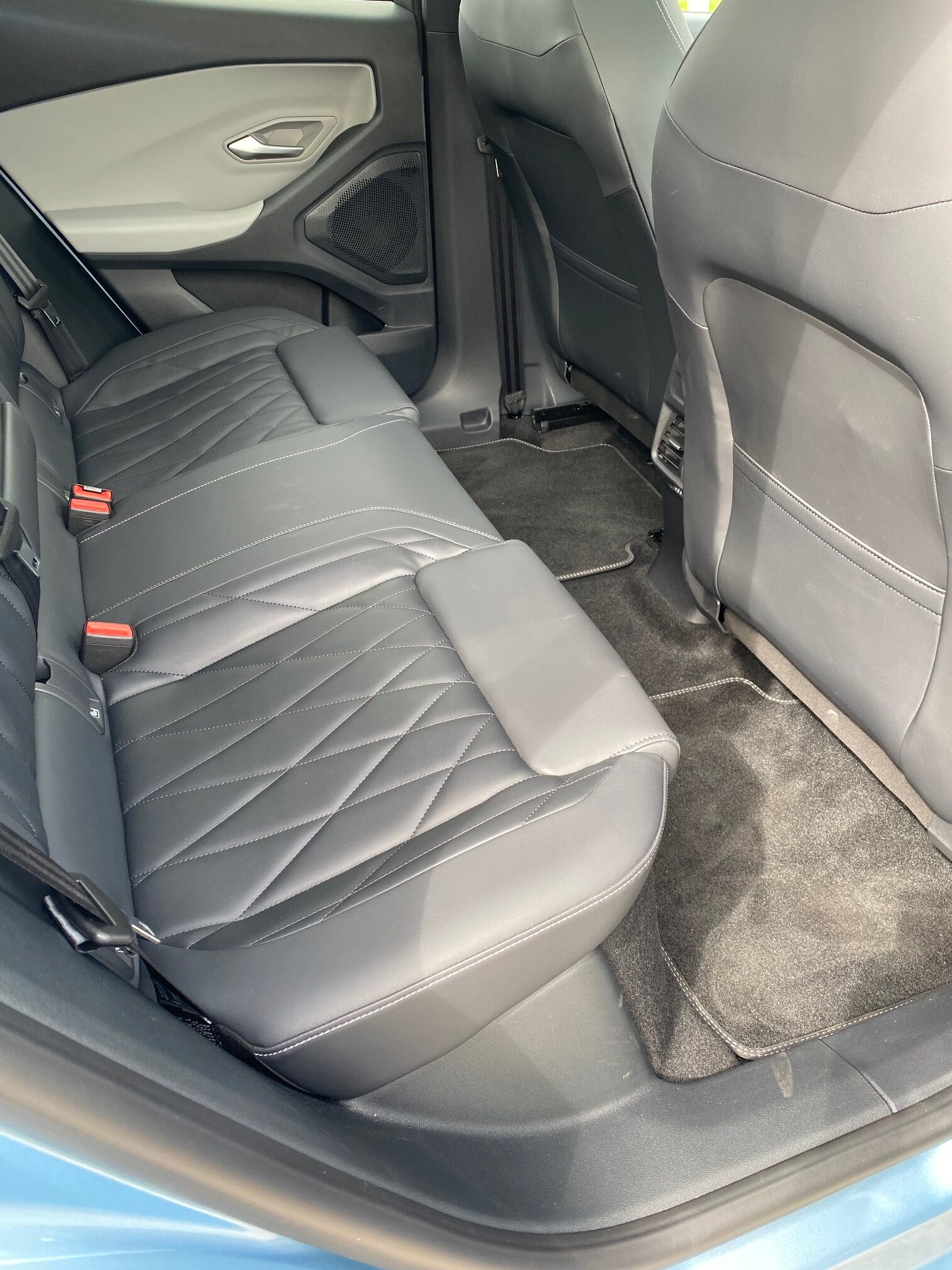
The cabin comfortably took five with good head and legroom but a tighter shoulder space behind, and the boot floor was lip-free and easy to fill or empty.
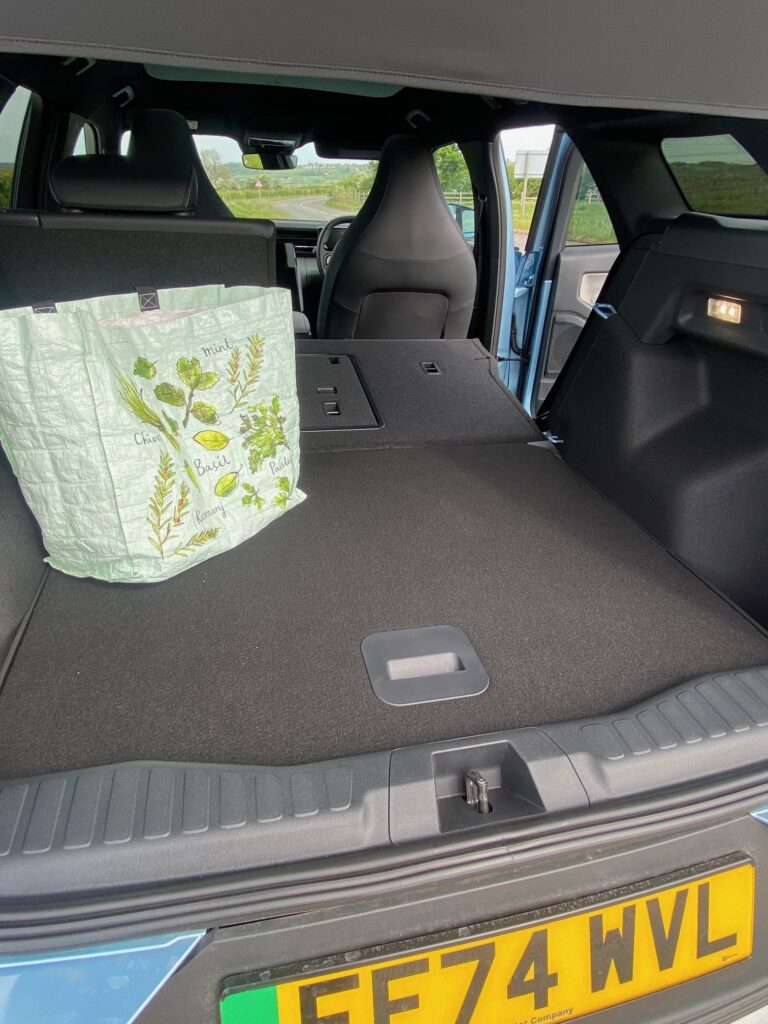
In a driver’s hands there is no getting away from the fact that the Explorer is a big car to park but it’s easily placed in traffic and on country roads you have excellent vision around.
The car steered well and gripped with confidence, was not thrown off line by mid-corner bumps and had very little body roll or pitching to upset those who do not travel well.
There is a lot to please a driver behind the wheel of the Ford Explorer Premium AWD and very little to disappoint, except perhaps the price point where it enters showrooms, but no doubt some bargaining can result in a very good buy of a model with a good warranty to reassure you.
FAST FACTS
Model: Ford Explorer Premium
Price: £57,135 inc options
Mechanical: 340ps motor, 79kWh battery, auto 4WD
Max Speed: 112mph
0-62mph: 5.3sec
Range: 300 miles
Insurance Group: 32
C02 emissions: Zero
Bik rating: 3%, £10FY, £620SRx5
Warranty: 8yrs/ 100,000 miles
Size: L4.47m, W1.88m, H1.64m,
Bootspace: 450 to 1422 litres
Kerbweight: 2179kg
For: Roomy, comfortable seats, responsive powertrain with good range and quick charging, easy access, good steering and brakes, five driving modes, excellent visibility
Against: Stiff ride, no slow charge cable, dearer than some rivals, expensive options and average bootspace.

